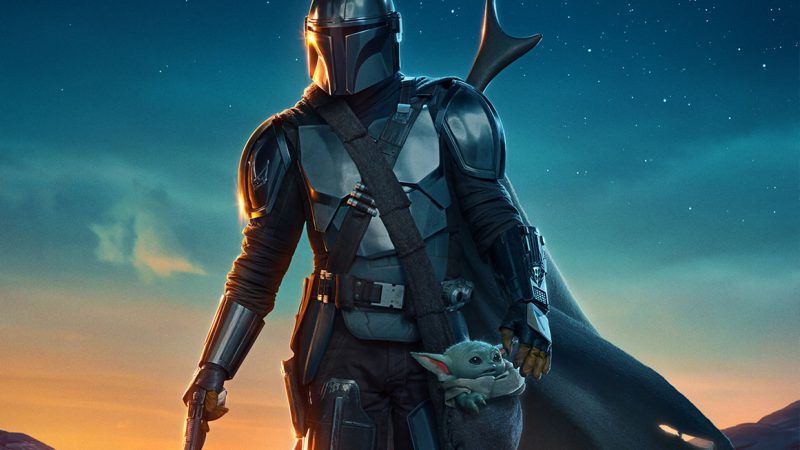The Mandalorian
The show offered a revived vision of Star Wars as a playground for elaborate narrative and worldbuilding.

After Disney bought the rights to Star Wars from LucasFilm in 2012, it promised a revitalization of the franchise. Fans had mixed feelings about the trio of prequels George Lucas released from 1999 to 2005, and there was a sense that the brand, once the emperor of American pop culture, had fallen into disrepair.
A sequel trilogy, bookended by films directed by J.J. Abrams, debuted to big box office numbers. But the revenues declined as the sequels went on, and the series was plagued by production problems. Fans became increasingly disillusioned. Abrams and Disney, it seemed, had squandered the Star Wars universe. Worse, they had narrowed its scope, focusing on characters and events that sprang from the original series rather than building out the world they inherited.
Yet even as Disney's megabudget features frustrated fans, two animated television shows—The Clone Wars and Star Wars: Rebels—had been quietly thrilling the franchise faithful. Executive produced by Dave Filoni, the shows filled in the gaps of the Lucas prequels while expanding the cast of Star Wars regulars. Filoni was interested in governance; the show often explored the nooks and crannies of the political and economic order. But he was also interested in people and what motivates them to do right and wrong.
In 2019, Filoni's vision helped inform The Mandalorian, the first live-action incarnation of Star Wars to hit the small screen. Playful, adventuresome, and at times gently profound, the show offered a revived vision of Star Wars as a playground for elaborate narrative and worldbuilding rather than a simple family saga. At the end of 2020, a second season explicitly connected the show to Filoni's animated series and began hinting that it might rescue the Abrams-era trilogy too—a new fictional universe built out of the shell of the old one.